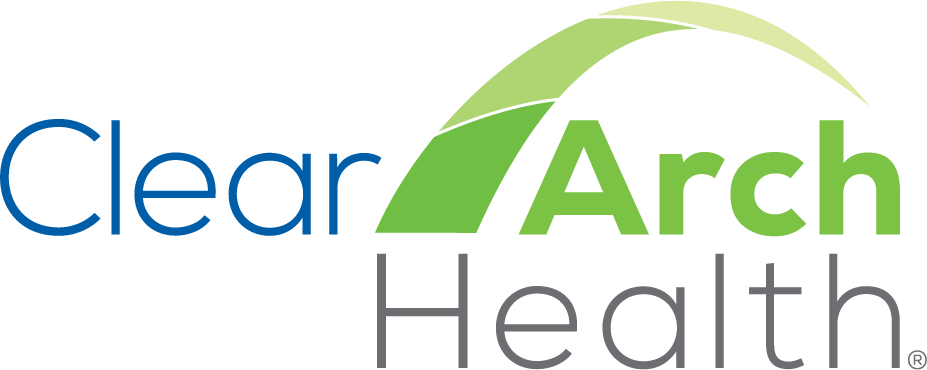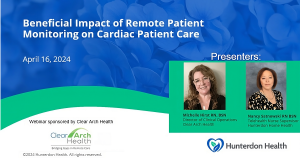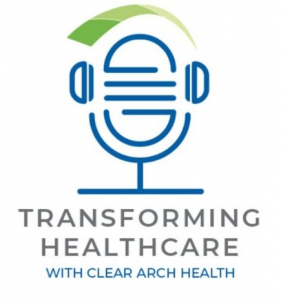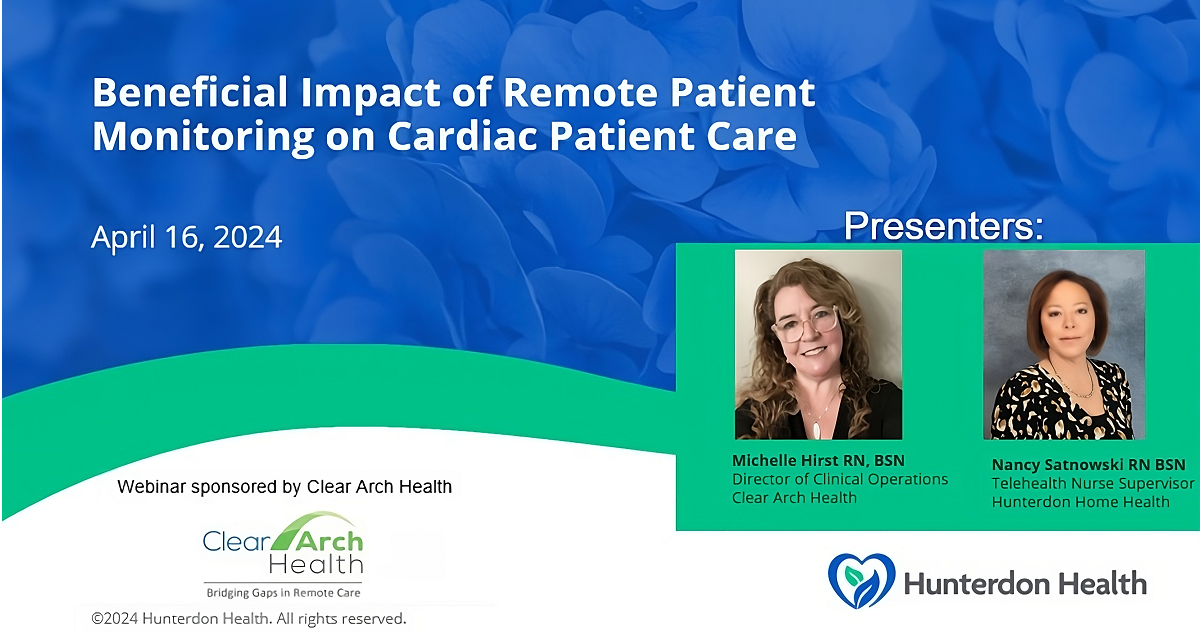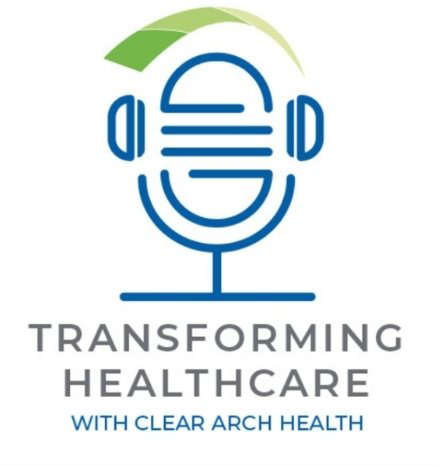Nancy*, one of our longest-term customers, presses the button on her emergency response device every day. She has never had an actual emergency – as an older woman who lives alone, she simply wants to talk with someone, and we are happy to facilitate that connection.
As an emergency response company, we have had numerous such opportunities to experience what the power of another human voice can mean – from providing access to help and reassurance in an emergency, to simply being there for someone who is battling isolation.
So, what happens if that “human voice of connection” is not actually human, and comes from a smart speaker?
The answer – in Amazon’s Alexa speak – might sound something like, “I’m so glad to hear you’re doing well today. I’ll make sure your caregivers know. Would you like me to contact someone from your call list?”
There is the inclination to view the use of voice in technology solutions as a simple swap-out for the fingers and eyes we commonly used for texting or typing, but to do so would negate the psychology of voice, which allows these voice-enhanced systems to become more than the sum of their technology parts.
We respond to smart speakers with the same “feeling” of speaking with an actual person – i.e. we communicate with them, not through them. That idea holds great potential in the aging in place category. Voice-tech could be a gamechanger for disrupting one of the most challenging cycles that seniors face: healthcare issues that lead to extreme isolation, which causes depression, which further compounds health issues.
The AARP Foundation is already experimenting with how smart speakers can impact isolation among older adults living alone with its Social Connectedness Voice-Activated Technology program. The goal of the program is to determine whether voice-activated technology can help older adults fight isolation and loneliness, and initial results suggest the program has promise. Lisa Budlow, chief operating officer of Comprehensive Housing Assistance Inc., says, “Just talking to it, it’s actually producing that positive emotional response that can help combat loneliness.”
And just this year, we decided to partner with LifePod – a company launching an AI-driven, virtual caregiving platform, which expands the capabilities of popular smart speakers with voice-user interface technology.
According to Laurie Orlov, founder of Aging in Place Technology Watch, “LifePod takes voice-first services a step further. It will allow users to engage with the device, much like Alexa, but LifePod will also periodically and proactively check in with them independent of a wake word or voice prompt, at preprogrammed intervals saying, for example: ‘Good morning, Nancy. Did you take your medication?’”
With the recent changes to CPT codes around remote monitoring, the door has been opened for the reimbursement of connected care services like this one, which enables providers to manage and support chronic care management and aging in place. Leveraging new technologies such as proactive voice will allow professional caregivers to connect to patients in a more robust, comprehensive way.
We showcased the LifePod solution at CES 2019, in a fireside chat at the Digital Health Summit. If you happened to be there, I hope you learned more about how we expect the power of voice to change the future of personal and professional caregiving.
*Name changed to protect privacy.

